Single vs Double Hung Wi...
- Mon to Fri: 09:00 am to 07:00 pm
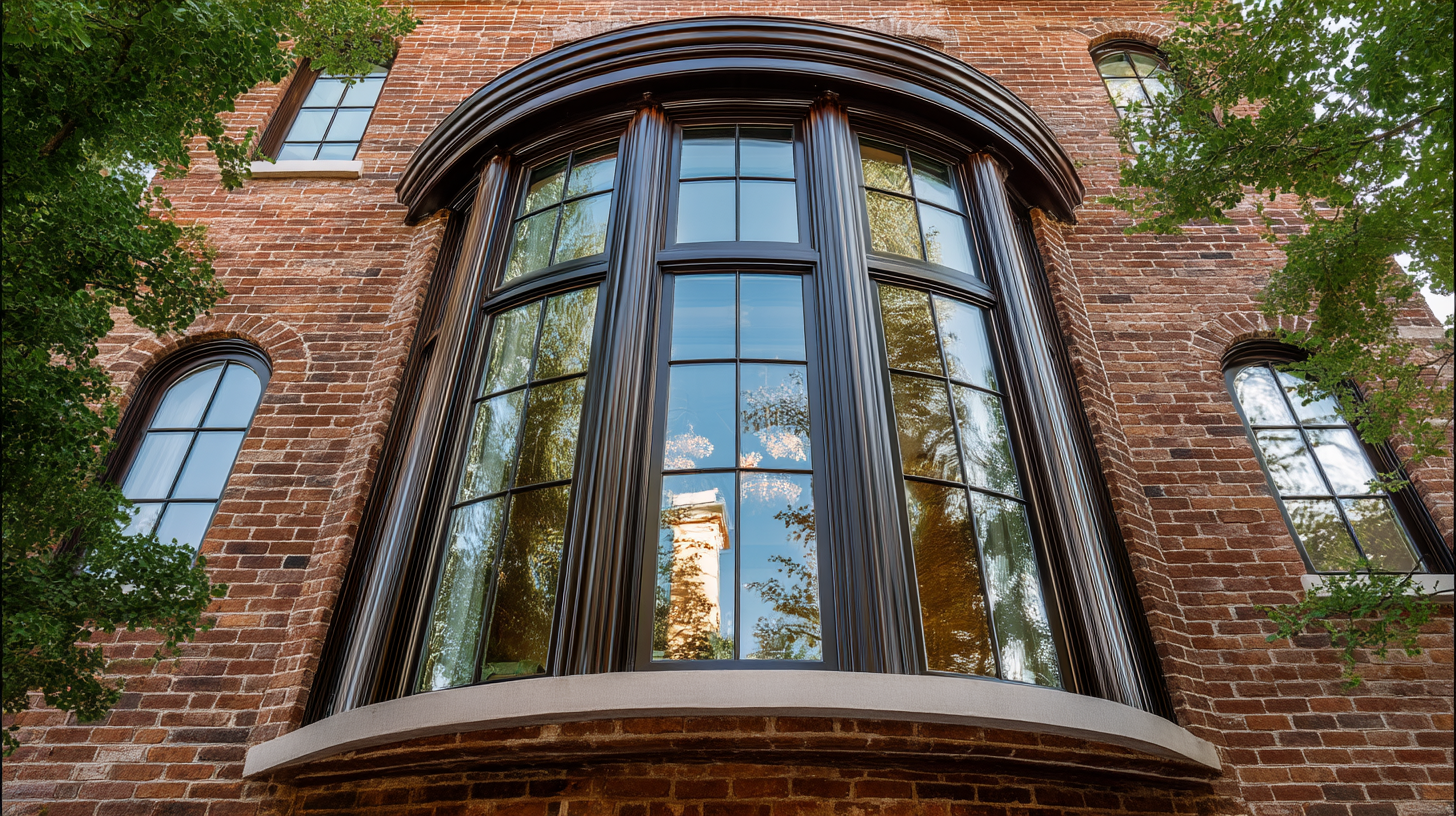
Choosing between a bay or bow window is more than just a design decision. It’s about how you want to live in your home, how much natural light you want to welcome in, and how your window installation will complement your property’s structure. At Pro Superior Construction, we’ve helped hundreds of homeowners across Rocklin, Sacramento, and the Bay Area choose the right window types for their needs, and the bay vs bow window debate is one of the most common questions we get.
In this guide, we’ll break down the key differences between bay and bow windows, including style, cost, installation considerations, and the best use cases for Northern California homes. Whether you’re updating an older property or building new, understanding the details will help you confidently decide which window enhances your curb appeal, energy performance, and indoor comfort.
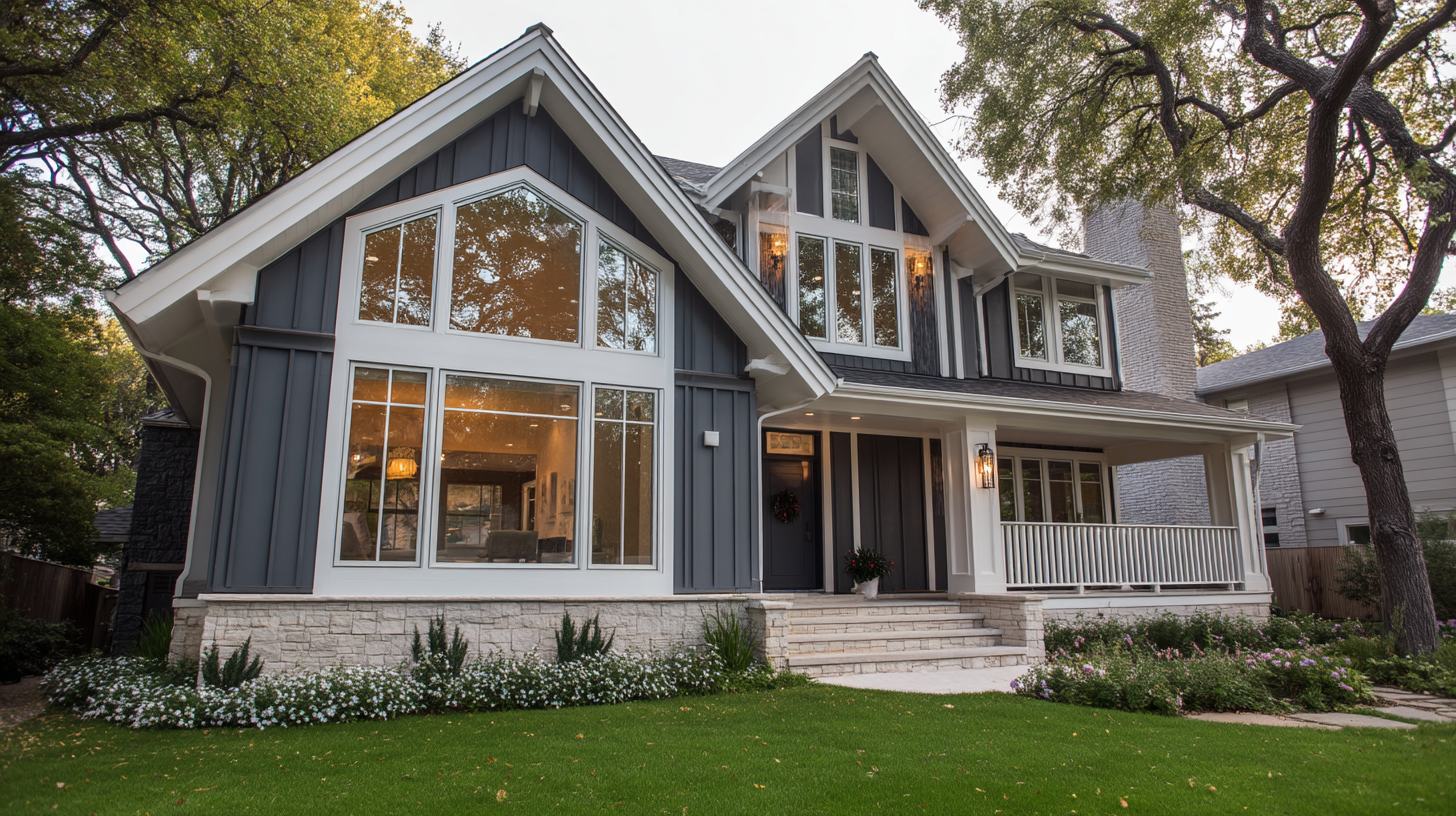
Bay windows consist of three windows joined together. Typically, a large fixed center window sits in the middle, flanked by two smaller side windows set at an angle. These flanking windows are often casement windows or double hung windows, allowing for improved airflow and ventilation. This design creates a slight outward projection from the home’s exterior wall, adding interior space and character to any room.
You may also hear of circle bay windows, a variation with a semi-circular shape that softens the angular design. Bay windows add a distinctive architectural element to your home and can be styled to suit mid century modern, craftsman, and even contemporary home styles.
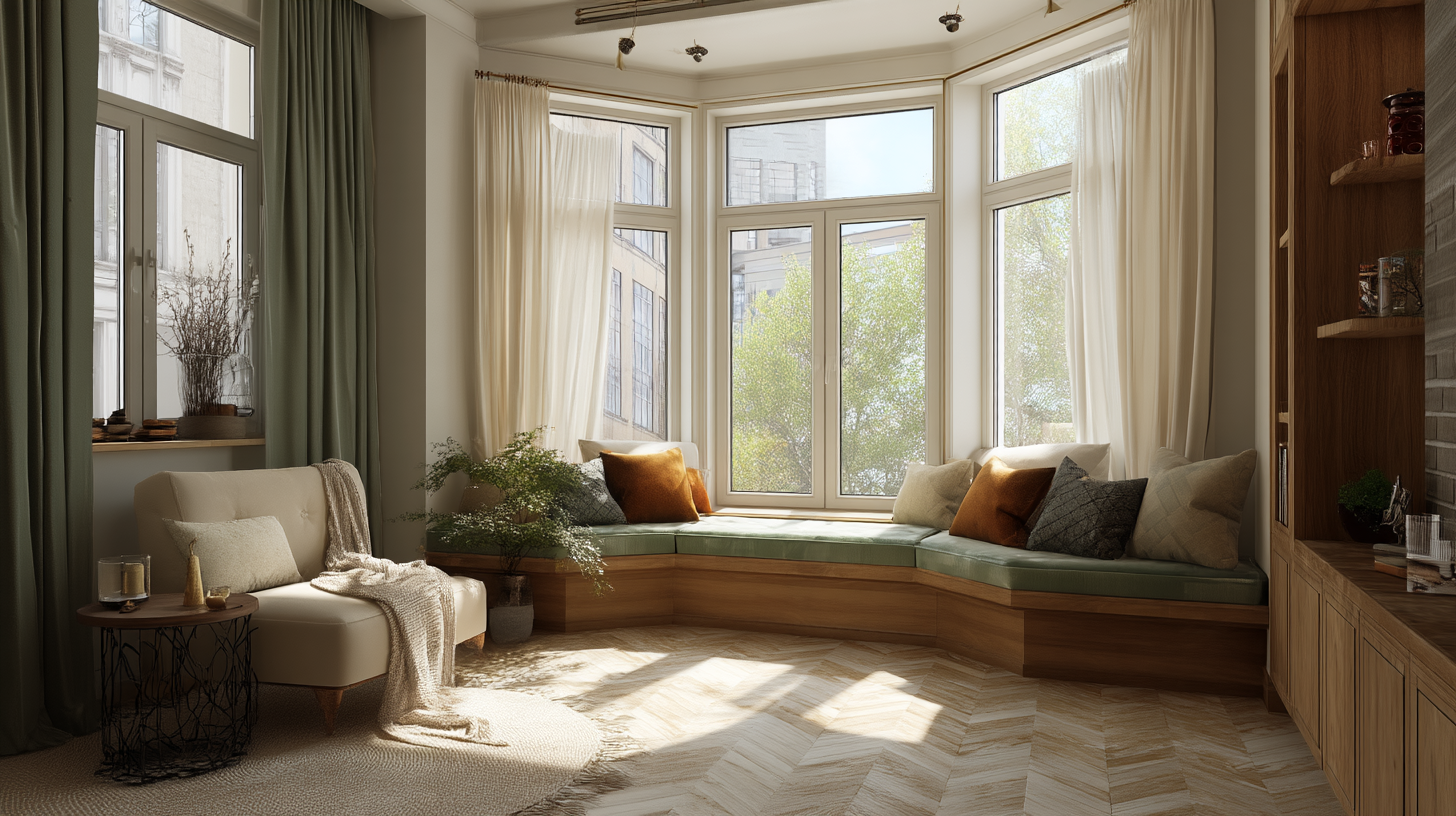
Bow windows, also called compass windows, are similar in function to bay windows but feature four or more windows arranged in a gentle arc. These are usually a combination of fixed windows and operable casement windows, depending on your preference. The result is a soft, curved shape that creates an elegant and spacious appearance inside and out.
You might encounter four lite bow or five lite bow configurations, referring to the number of panels used. Bow windows extend further across the exterior space, requiring more structural support and planning.
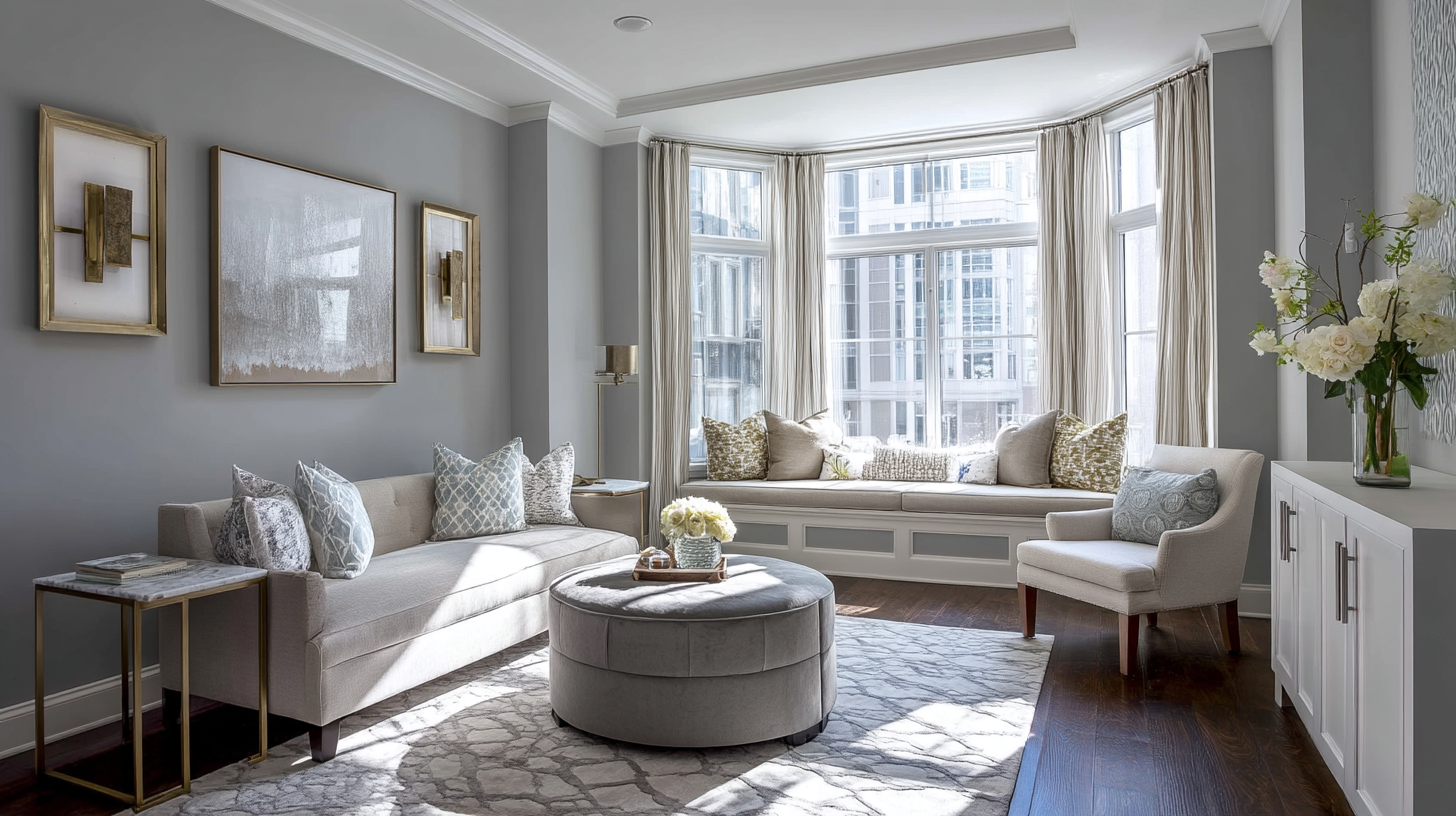
Comparing bay and bow windows comes down to panel count and shape. Bay windows consist of three or more windows, typically with a center picture window and two angled operable flanking windows. Bow windows use four or more windows in a gradual curve.
Bay and bow windows both require structural considerations. Bay windows need less wall space, making them easier to install in compact rooms. Bow windows take up more exterior space, usually 80 inches or more, and often need a hip roof, soffit tie in, or extended support structure.
Both bay and bow windows boost natural light, but bow windows offer a wider spread thanks to additional panels. This is ideal for brightening dark corners and opening up tight floorplans.
From the inside, both add interior space and style. Bay windows can create a seating area or window seat, while bow windows provide a more subtle curvature, ideal for placing furniture or plants without interruption.
From the outside, both create striking curb appeal, with bow windows delivering a smoother, high-end aesthetic.
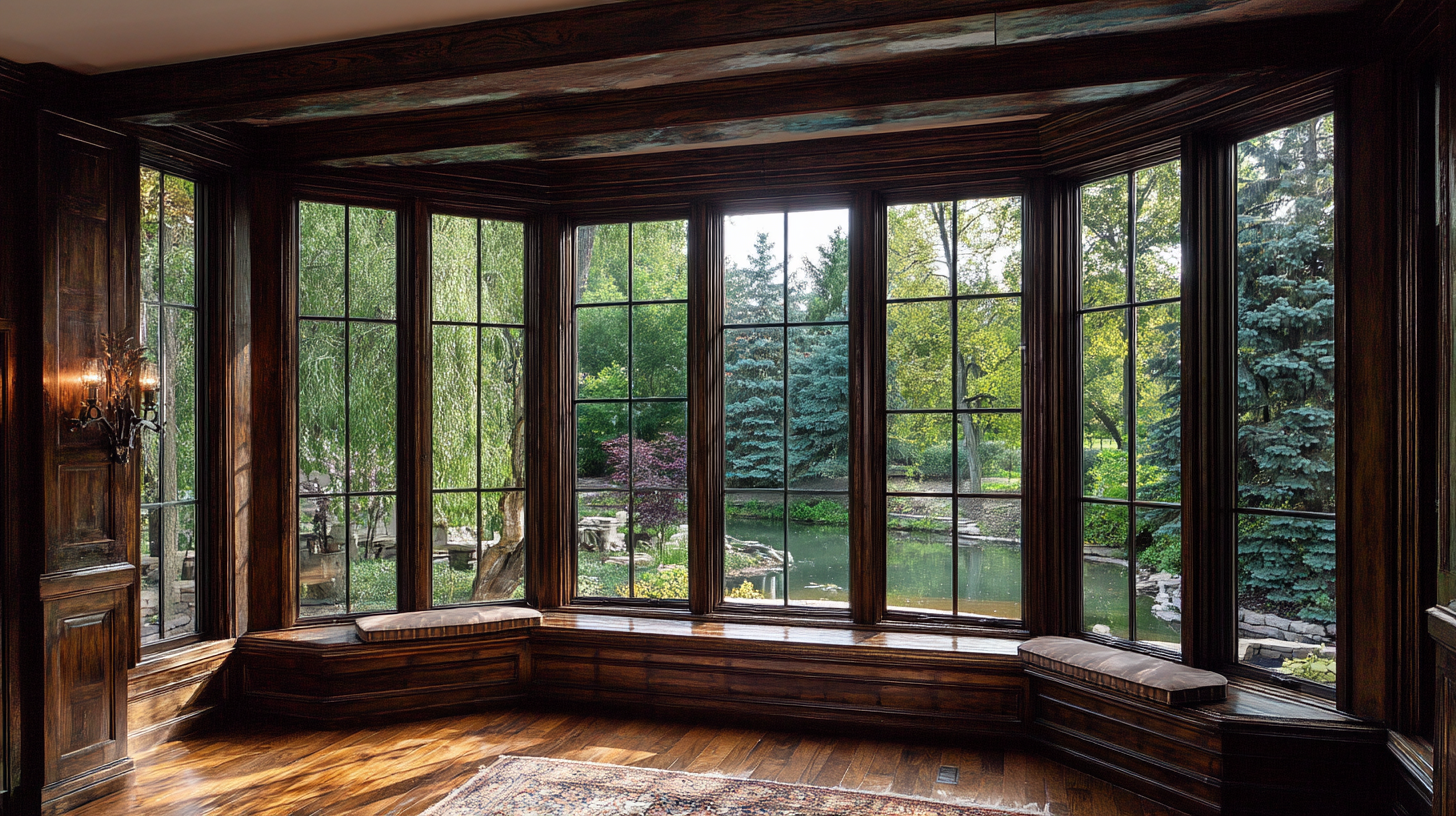
The average bay window cost ranges from $1,500 to $7,500, depending on size, materials, and whether you choose casement or double hung windows. Add-ons like a built-in window seat, compass windows, or energy upgrades will affect total window costs.
Bow window installation tends to be more complex and ranges from $3,500 to over $15,000, depending on the number of panels, materials, and scope of work. Because bow windows extend farther and use multiple windows, they often require additional structural framing and roof tie-ins.
These factors all impact the price and installation scope, but our experienced team will walk you through every detail during your in-home consultation.
Both bay and bow windows are excellent choices when installed properly. If you’re still unsure, our team is happy to help you compare layout options and provide honest recommendations based on your home’s needs.
Bow windows are typically more expensive due to size, panel count, and structural needs. Bay window cost tends to be lower and more manageable for most budgets.
Yes, especially when upgrading from single pane glass to double or triple-pane options. Proper installation can help reduce heating and cooling costs.
Yes. Our team specializes in converting flat walls into stunning bay and bow windows, even if structural modifications are required.
Casement windows, double hung windows, and picture windows are the most common. They can be mixed to suit your style and airflow needs.
Absolutely. Operable side windows in bay and bow designs are perfect for allowing fresh air and cross-ventilation.
When it comes to window installations, experience matters. At Pro Superior Construction, we bring certified craftsmanship, competitive pricing, and honest communication to every job. We serve homeowners throughout Rocklin, Sacramento, and the Bay Area, delivering top-tier results on every project.
From choosing the right window types to handling every detail of your installation, we’re with you from start to finish. Whether you want a bay window replace or you’re upgrading to a panoramic bow window, our team will ensure the result is beautiful, durable, and built to last.